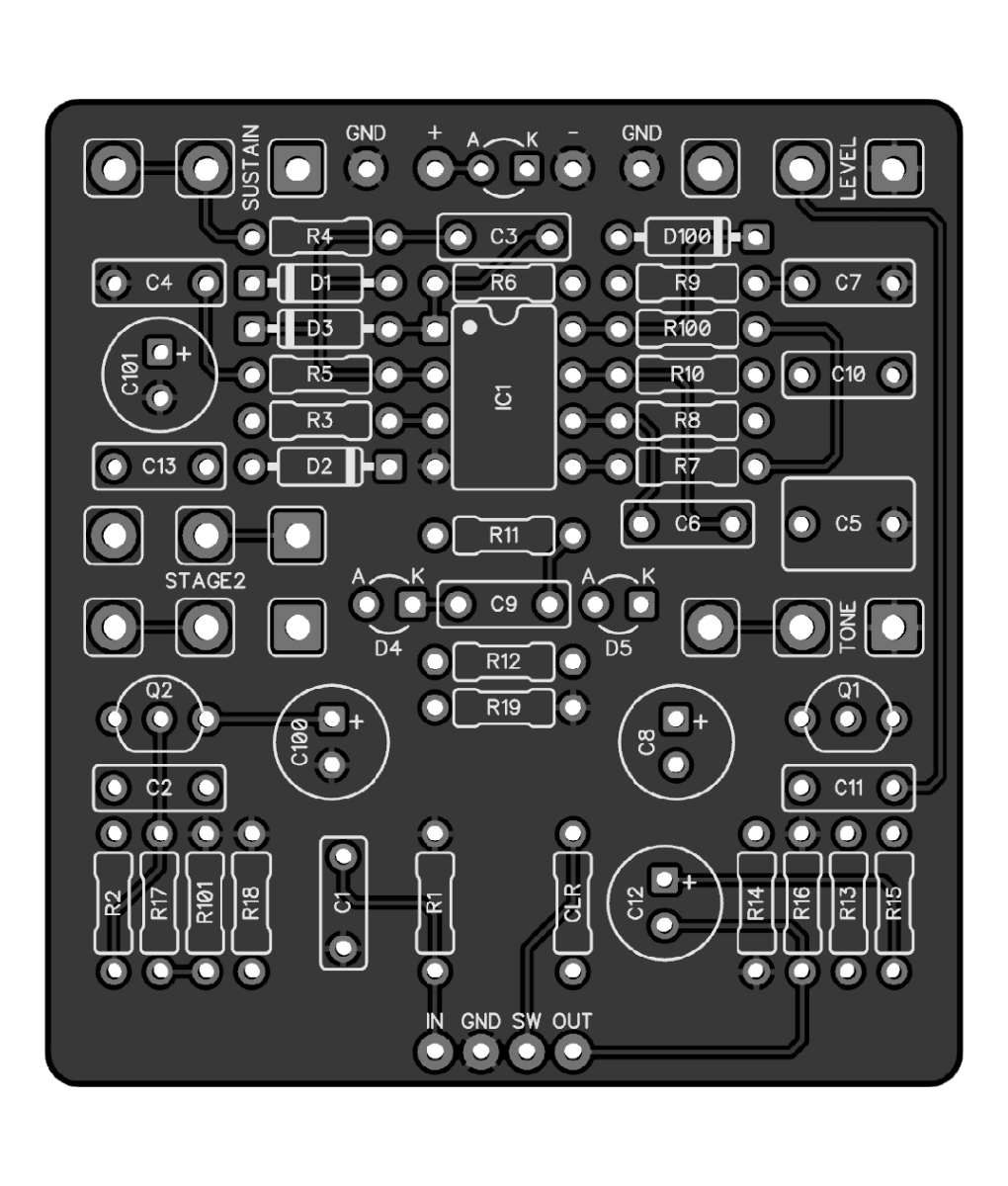The Gator
Well-known member
I am sure it has been discussed many places, but I like this community a lot and would like to discuss it here.
I recently built the brown amplification version of the noble circuit known here as the pro-10. This circuit has both soft clipping and hard clipping diodes in the same signal path and on at the same time. They are actually even the same diodes so they clip at the same level. My thoughts are, whatever Clips last is the only thing that is actually doing clipping. I'm sure it is possible to slightly change the sound of clipping with soft and hard clipping together if done a certain way.
The gentleman who designed the noble circuit was most certainly much smarter at Electronics than I. I kind of doubt he would have done this if it didn't do anything at all. I'm assuming slight changes in the signal could be seen on an oscilloscope when combining soft and hard clipping.
I would like like thoughts and opinions from others on this subject.
Thank you!
Gator
I recently built the brown amplification version of the noble circuit known here as the pro-10. This circuit has both soft clipping and hard clipping diodes in the same signal path and on at the same time. They are actually even the same diodes so they clip at the same level. My thoughts are, whatever Clips last is the only thing that is actually doing clipping. I'm sure it is possible to slightly change the sound of clipping with soft and hard clipping together if done a certain way.
The gentleman who designed the noble circuit was most certainly much smarter at Electronics than I. I kind of doubt he would have done this if it didn't do anything at all. I'm assuming slight changes in the signal could be seen on an oscilloscope when combining soft and hard clipping.
I would like like thoughts and opinions from others on this subject.
Thank you!
Gator


